At the height of the Cold War in 1961, the Non-Aligned Movement (NAM) emerged from the 1955 Bandung Conference of Asian and African nations. The Bandung moment was a manifestation of the collective voice of the newly independent Afro-Asian nations opposing colonialism and rejecting bipolar rivalries of the time. The leaders gathered there articulated the Ten Bandung Principles (Dasa Sila) rooted in thePanchsheel-Five Principles of Peaceful Co-existence adopted as a pragmatic approach to insulating their countries from external security threats, focusing on the socio-economic transformation to improve the lives of their people and contribute to a stable global order. Nonalignment was declared a means of safeguarding their hard won independence, diversifying international relations, and avoiding “entrapment in great power conflicts;” to focus on development and diversify their economic partnerships.
Originally, 61 countries gathered at its founding Summit Conference of NAM in Belgrade in 1961. NAM has now 120 members, representing more than half of the world’s population with enormous resources. Despite their diverse perspectives, these countries have continued to meet regularly to address shared concerns and interests, the last one being the 19th summit held in Kampala in 2023. They have consistently criticized Western double standards, hypocrisy, and decades of neglect of issues most important to the Global South- the developing world.
Relevance of NAM?
With the fall of the Berlin Wall in 1989, the context of 1961, the Cold War and bipolarity into history with the disappearance of the Soviet Union in 1991, the world witnessed the structural transformation of the international system. Great powers' rivalries and competition are increasingly leading to the sharpening of geopolitical tensions, shaping new relations, revisiting old ties in the context of an emerging multipolar world. This has led to question the relevance of NAM, –“what does it mean to be nonaligned today and what are you non-aligned from?”
The world is moving towards multipolarity, where there will be more than two poles. Then there is no question of choosing one side or the other in multipolarity. Under such a scenario, every sovereign and independent country would seek to exercise broader options and choices, and engage with as many partners as possible to insulate itself from the constraints and vulnerabilities of putting all its efforts in one basket and making commitments in advance regardless of issues that may yet emerge. This calls for the need to judge every issue on its merits. That can be called an issue-based, and interests based engagement. Different terminologies are being used to assert the independence of decisions or judgment. Whether we call it non-alignment, multi-alignment, strategic autonomy, independence of judgment or decision, they all underline the quest for an independent foreign policy – one that aims to project, position and amplify country’s choices and voices, carve a role and contribution in shaping a peaceful global order.
Nonalignment or Multi-alignments

Nepal remains committed to democratic pluralism at home and multipolarity in international relations. Nepal’s non-alignment is about keeping powers at arms’ length. It does not mean maintaining equidistance from its neighbors. Rather, it is about asserting sovereign rights, and engaging India and China and the wider international community based on its own preferences, priorities and considerations. Nepal’s relations with India and China are independent of each other. No relationship with one can substitute for the other. Nepal does not want to be forced into choosing one side over the other. That is the cornerstone of Nepal’s foreign policy.
The fundamental principle of any foreign policy is to pursue interests of the country free from external interference. Nepal’s foreign policy of judging every issue “without fear or favor” on its merits has given it broader choices and options to constructively remain engaged with the wider international community, maintain a good relationship with all and secure goodwill, cooperation and assistance. The multilayered network of wider engagements with friendly countries has given Nepal multiple choices and diversified sources to mobilize resources for its development.
The relevance of NAM continues. The end of the Cold War did not mean its demise. Most of the pressing issues raised by NAM, including poverty, environmental degradation, the call for free and fair trade, Doha Development Agenda (DDA), disarmament including the abolition of the weapons of mass destructions (WMD), non-proliferation of nuclear weapons, climate justice, continue to plague the world. Time now demands that NAM gatherings must move beyond ritual, ceremony, instead focus on addressing the demands and context of the 21st century.
In a rapidly shifting global order, the growing influence of the global Southconsisting countries in Africa, Asia, Latin America and the Middle East that were previously under colonial domination and once on the periphery is now moving to the center stage challenging their former colonial masters. The dramatic transformation of China into a much more powerful and prosperous country in just three decades, the expansion of BRICS (originally Brazil, Russia, India, China, and South Africa), the enlargement of the G77 at the United Nations (from 77 countries at its formation in 1964 to 134 today), and the rise of several other regional organizations involving rising middle powers and non-aligned countries with large populations, impressive economies, and significant human resources are together enabling these nations — many of which are part of the powerful G20 — to acquire the influence and power needed to shape the rules of an emerging global order. These countries resist taking sides in any great power competition.
Then the question arises: has the world already become multipolar? After the 9/11 terrorist attacks on America in 2001, when Washington became deeply engaged in the Global War on Terror (GWOT), China was steadily growing stronger-economically, militarily and diplomatically. Ever since the 2008-9 global financial crisis, the rise of Xi Jinping as the President of the People’s Republic of China, and his 2013 proposal for a “new type of great power relationship,” politicians, political pundits and investment bankers in the West and East have argued that the world has entered into an era of “complex multipolarity,” requiring for “navigation of a multipolar world.” According to the US Secretary of State Marco Rubio the era of American unipolarity is over.
Norwegian scholar Jo Inge Bekkevold argues that polarity simply refers to a number of great powers in the international system and for the world to be multipolar, there have to be three or more such powers. His assessment is that only two countries currently qualify as poled in terms of economic size, military power and global influence: the United States and China. Other potential powers, he says, are nowhere in sight and unlikely to emerge anytime soon to dominate the current global landscape. The expanded BRICS appears too heterogeneous to function as a coherent pole, and the idea of Russia, India and China (RIC) coming together seems distant given the strained relations between China and India. It was China’s rise that initially drove India to seek closer ties with the United States. However, under President Trump, relations have deteriorated over trade disputes, India’s purchases of Russian oil –seen in Washington as funding Moscow’s war machine and even Trump’s claim of brokering a ceasefire after India’s Sindoor Operation- a four-day conflict with its nuclear armed neighbor Pakistan. The Trump administration expects India to “align” more closely with US positions. The sum result is that India’s strategic autonomy or nonalignment has come under severe strains. But New Delhi cannot fully “align” with Washington’s position against Russia which to this day remains a key supplier of oil, weapons and a fellow member of BRICS.
Nepal’s Nonalignment
Both the immediate neighbors of Nepal – India and China – see its sensitive strategic location a critical concern for their security. Given the unfolding developments in the region with a considerable number of flash points, South Asia has attracted the world's attention. A new cold war is in the making between rival powers in various forms not seen earlier. At the same time, a wave of digital era, global connectivity, global development, and global security is also unleashing a wave of creative energies. This demands an even more careful, and balanced approach fully reflective of the new emerging context and geopolitical realities to secure its national honor and space.
For centuries, Nepal has been living with both of its neighbors peacefully. What has changed is their re-emergence and increasing assertiveness and role as regional and global powers. Other middle powers are also rising, making the balancing act increasingly complex and important. Nepal needs deeper engagements with its neighbors, friends and development partners and broader international community. Nonalignment provides the answer to developing leverage, pursuing friendship, exercising flexibility of positions/actions, maintaining a safe distance in international affairs.
External powers’ growing interest in Nepal’s internal affairs and their influence over political parties, the press, and the state institutions raise worrying implications for the nation’s future. Nepal’s domestic front is weak. Trust has to be earned not given. But the trust in state institutions is eroding because of the politicization of state apparatus, weaponization of law enforcement to suppress the reason and criminalization of dissenting voices. Political opportunism and the pursuit of momentary gains in Nepali politics are fueling this trend as the shrinking middle path in politics gets accelerated.
Not only the foreign policy establishment and the whole of government, but also the whole of society must be attentive, alert and pragmatic. Being pragmatic does not mean remaining indifference to evolving changes in and around the country and beyond. The core principle of Nepal’s foreign policy revolves around its independence-its autonomy to make its own decision in the best interests of the country. Non-alignment provides leverage to balance multiple partners. It aligns with Nepal’s geographical realities, history, aspirations and the ambitions of the Nepali people to remain independent. Alignment or alliance comes with a pre-commitment to positions already decided elsewhere. This can be regarded as a new form of colonialism. Therefore, Nepal should be fully aware of the potential political costs of taking sides in this geo-strategically sensitive location. Nepal can never under any circumstances, think of being a camp follower.
Nonalignment or not taking sides is the Nepali realism with Nepali characteristics to meet the challenges of the 21st century.
(The author, a former diplomat and foreign policy expert, has served as the foreign affairs adviser to former prime ministers Sher Bahadur Deuba and Sushil Koirala.)










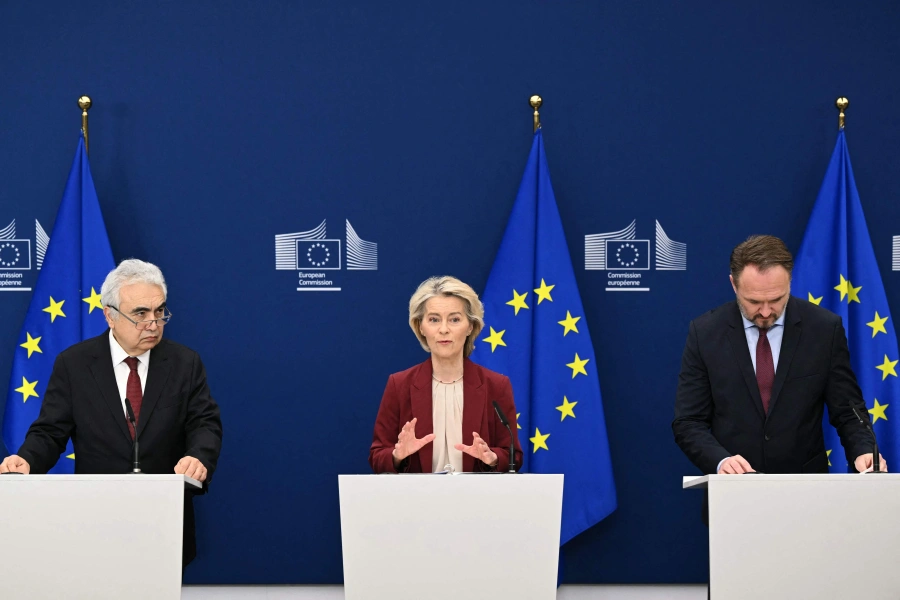

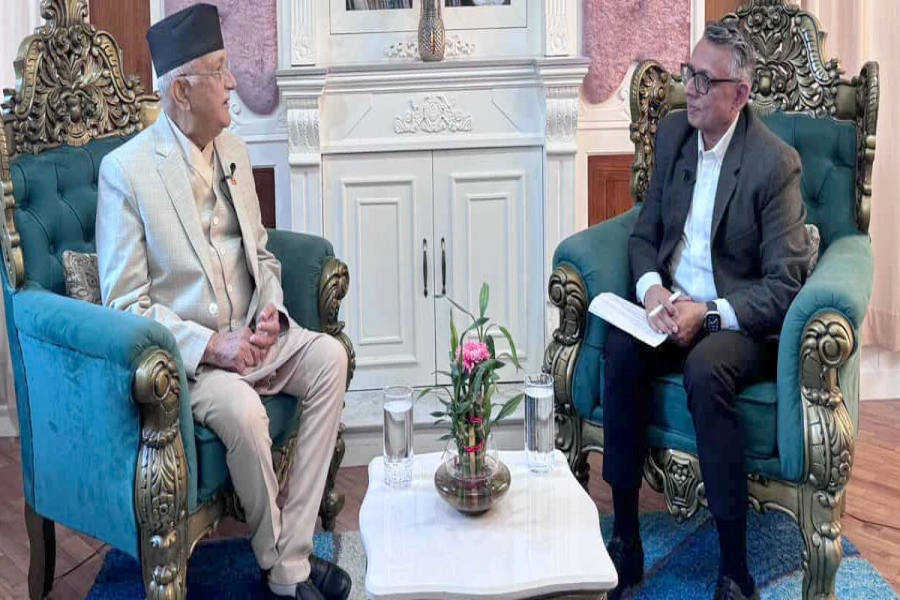
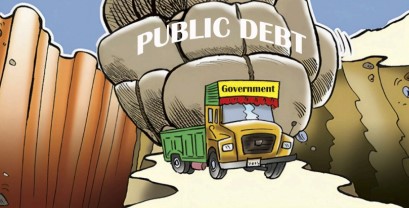
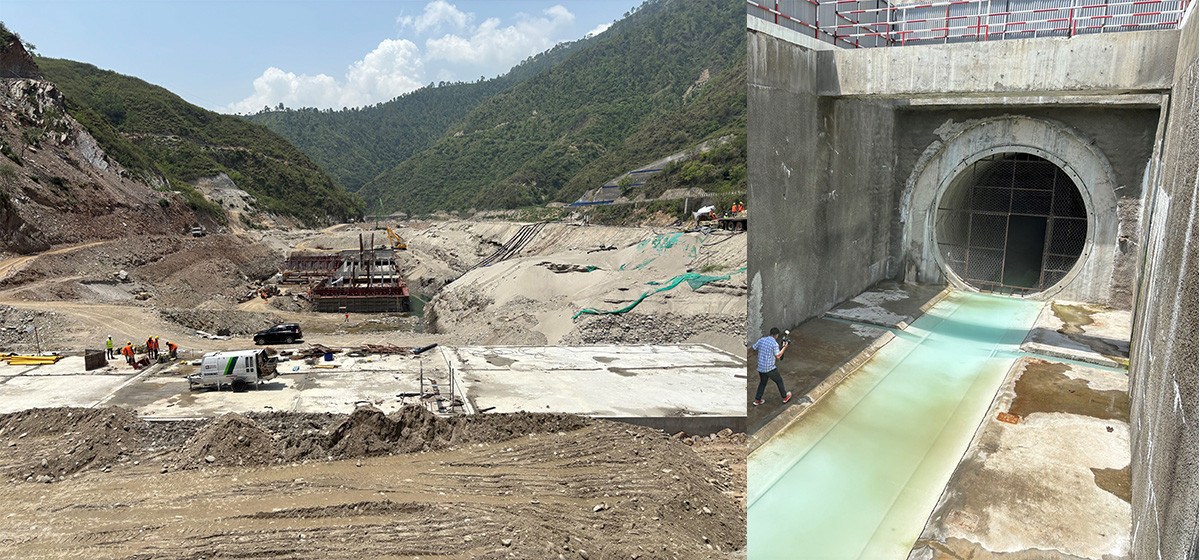
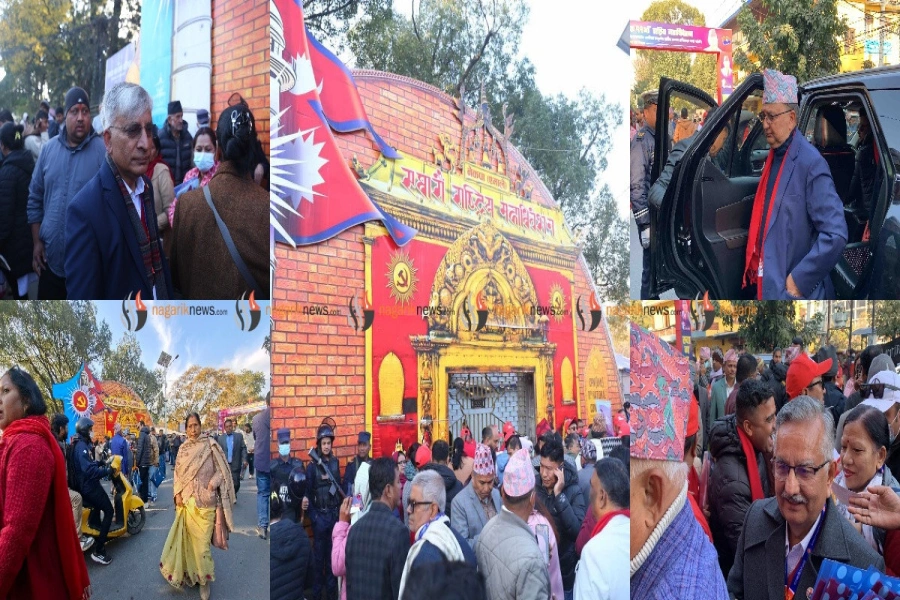
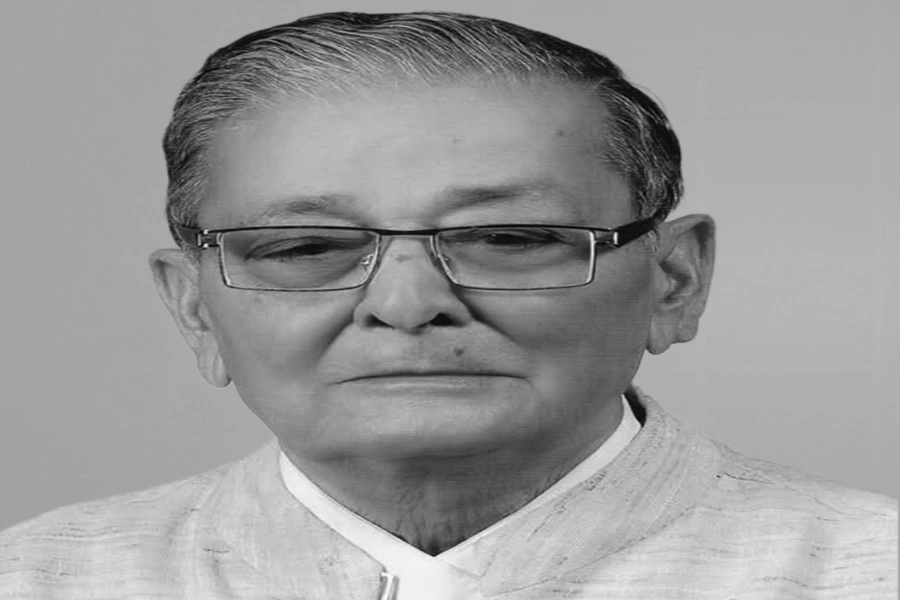


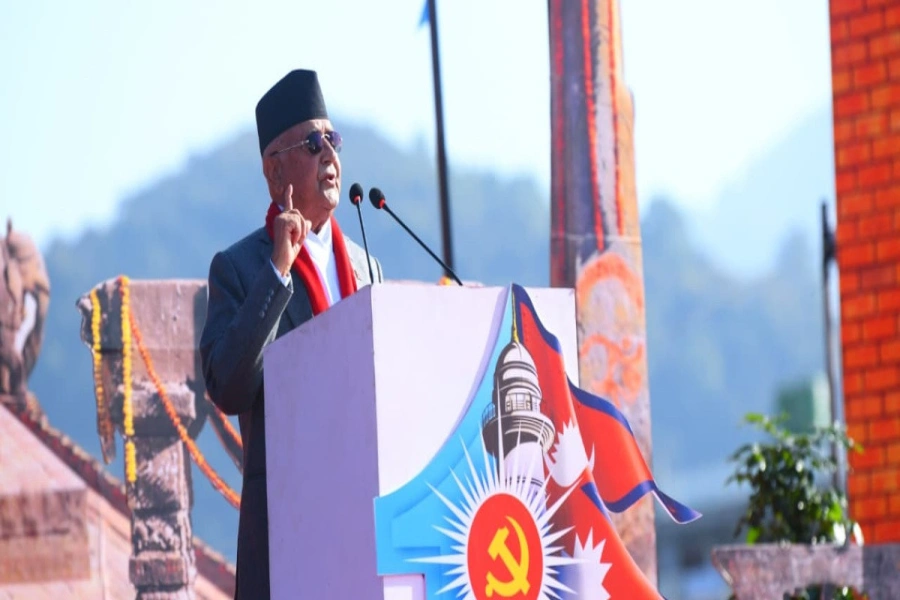




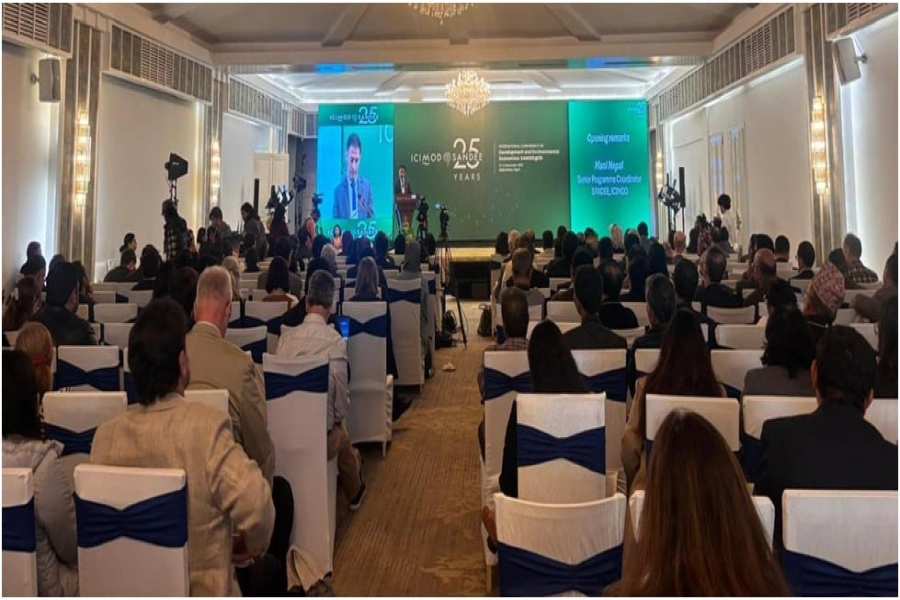





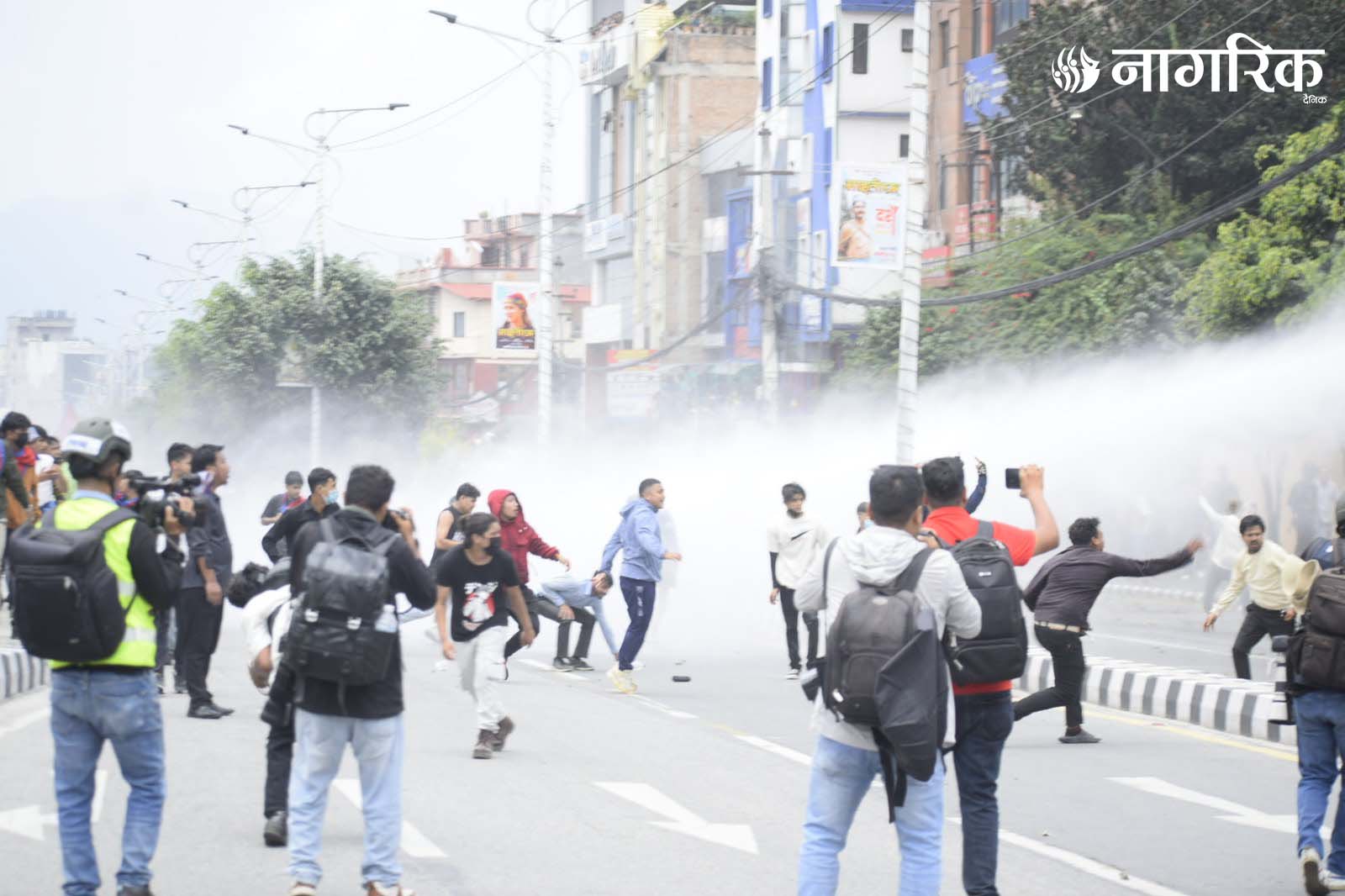





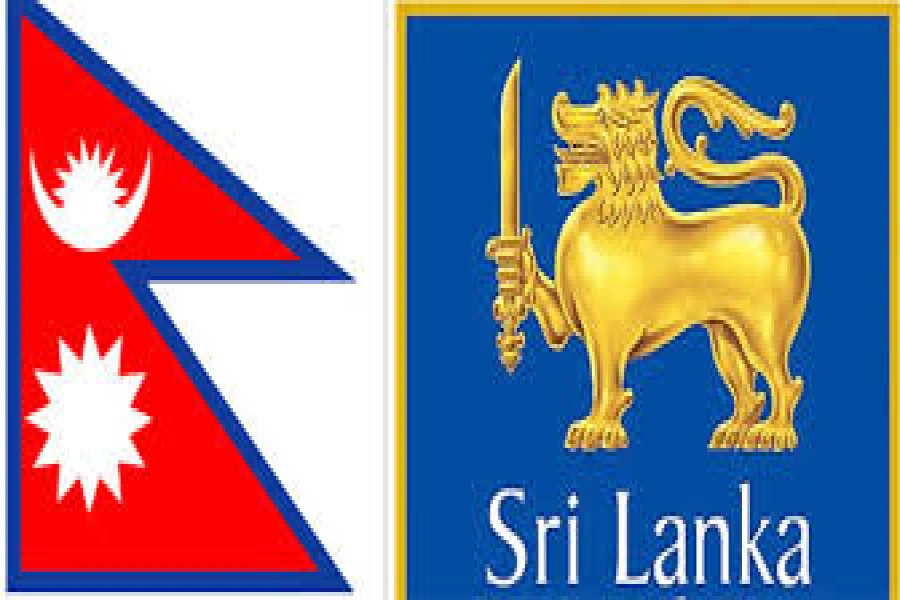
-1765616104.webp)